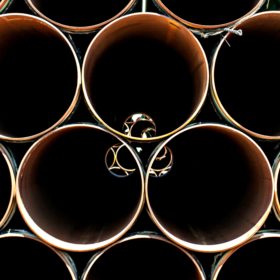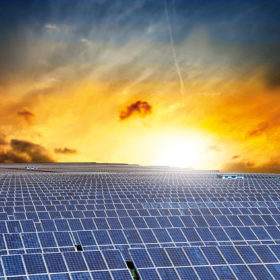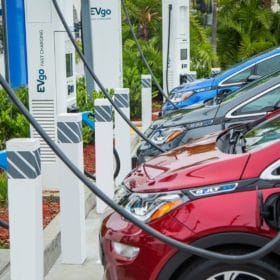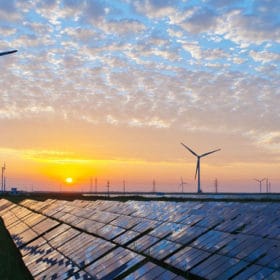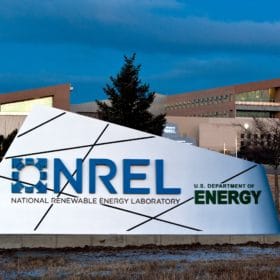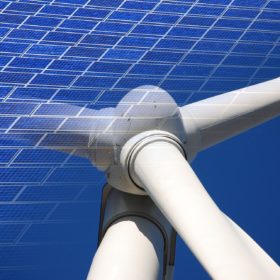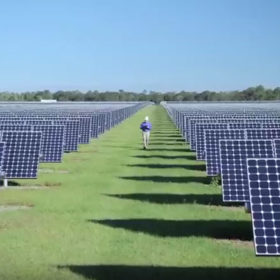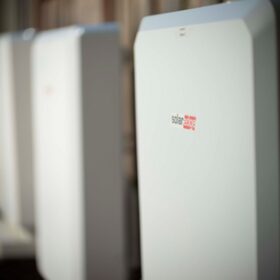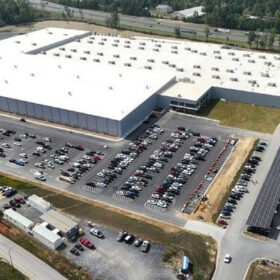Sunrise brief: First Solar plans to add still more production capacity as global demand grows
Also on the rise: Startup invents battery breakthrough, Arizona is tapped for a Li-ion battery plant, solar PV shipments were up 33% in 2020 as demand rose and prices fell, and groups press DOE to move TVA off of fossil fuels.
TC Energy advances 1 GW pumped hydro energy storage project
The pumped hydro project aims in part to reduce the amount of electricity that is exported from Ontario to several U.S. states at a loss.
TransAlta Renewables plans solar-plus-storage project to support nickel production operations
The project in Western Australia is expected to cut emissions at the nickel production facility by 12%, reduce fuel costs, and improve electricity supply reliability with the addition of the battery storage system.
First Solar plans to add 3.3 GW of capacity in new facility in India
The Arizona-based company earlier announced plans to expand its operations in Ohio. All totaled, the company said that its nameplate manufacturing capacity will double to 16 GWdc in 2024.
Groups call on DOE to draw a roadmap for TVA to shift to renewables
TVA currently has no plan to achieve emission-free power and that is frustrating advocacy groups along with a handful of TVA member companies.
CATL claims to have made sodium-ion batteries a commercial reality
Researchers have been keen to make the technology work as it offers a cheaper, more environmentally friendly alternative to lithium-ion products.
U.S. clean power is growing at a sprinter’s pace, and there’s room to run
The U.S. has passed 170 GW in installed utility solar, battery storage and wind power, with 26 GW of clean energy projects brought online in 2020.
NREL releases a financial analysis tool for energy storage technologies
The model allows users to specify up to 15 parallel technology assessments that can span completely different storage types or focus on a single technology.
Duke reaches 10 GW of renewables
Duke Energy now owns, operates, or purchases more than 10,000 MW of solar and wind energy, though that doesn’t mean the company is on track to meet its climate goals.
NextEra earnings call points to unprecedented growth as industry tailwinds strengthen
The energy company has already met 75% of its low-end expectations for 2024, with 3+ years to go. Add in multiple potential industry tailwinds and a picture of unprecedented growth may be emerging.

